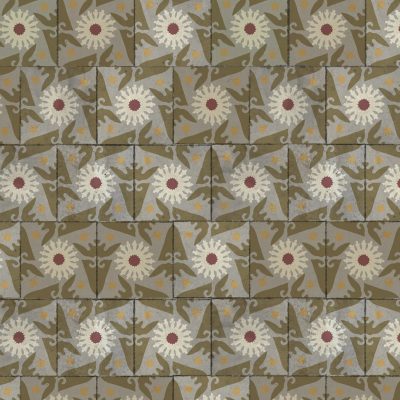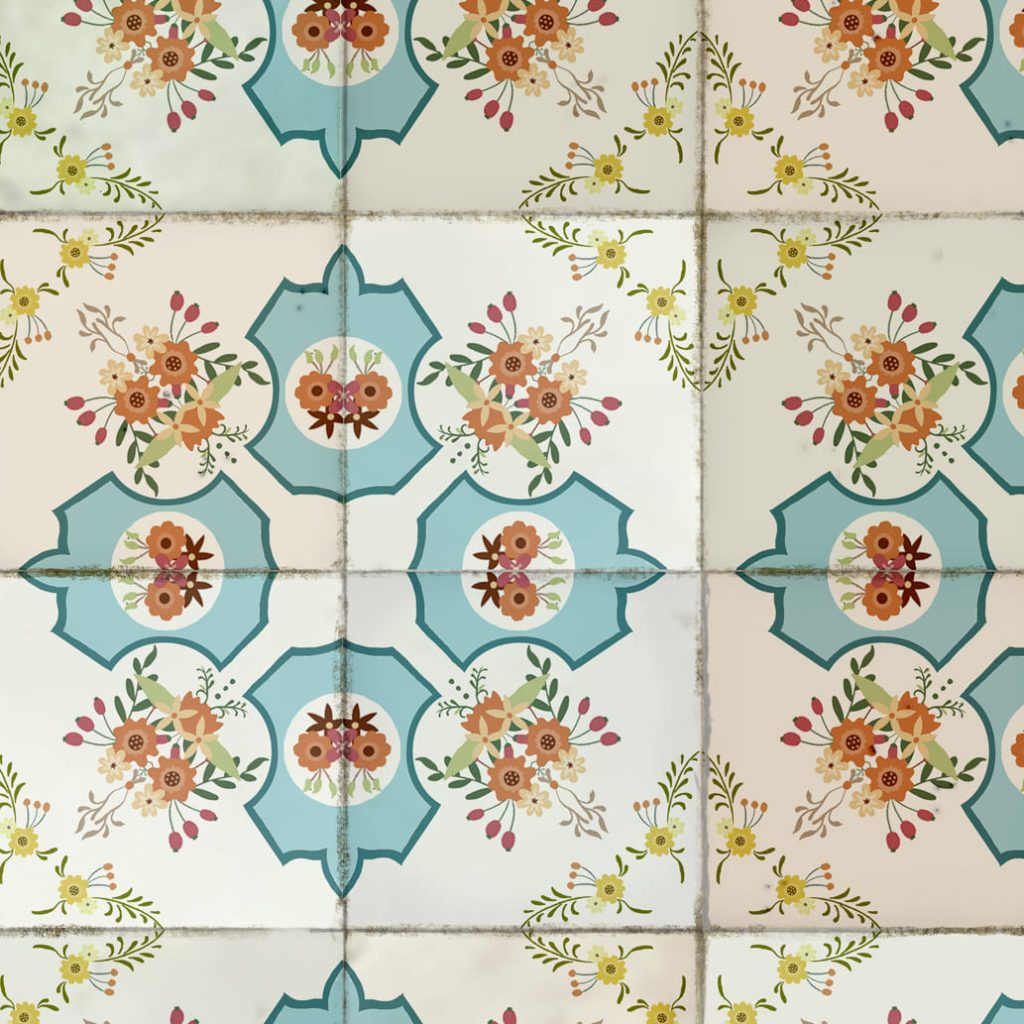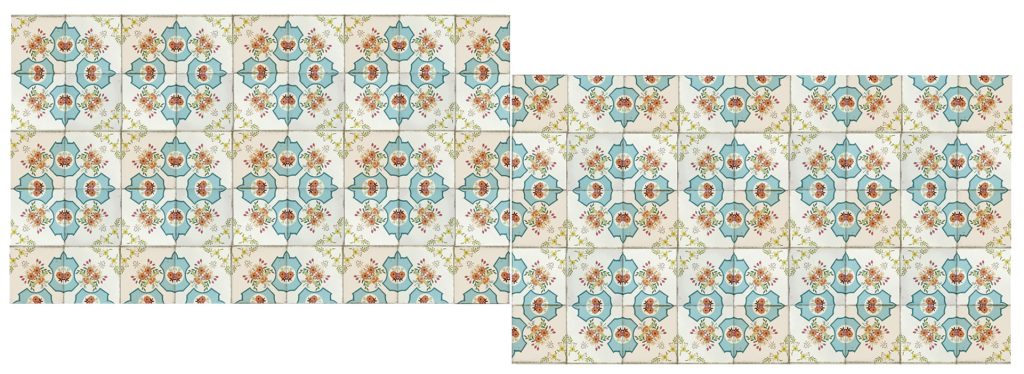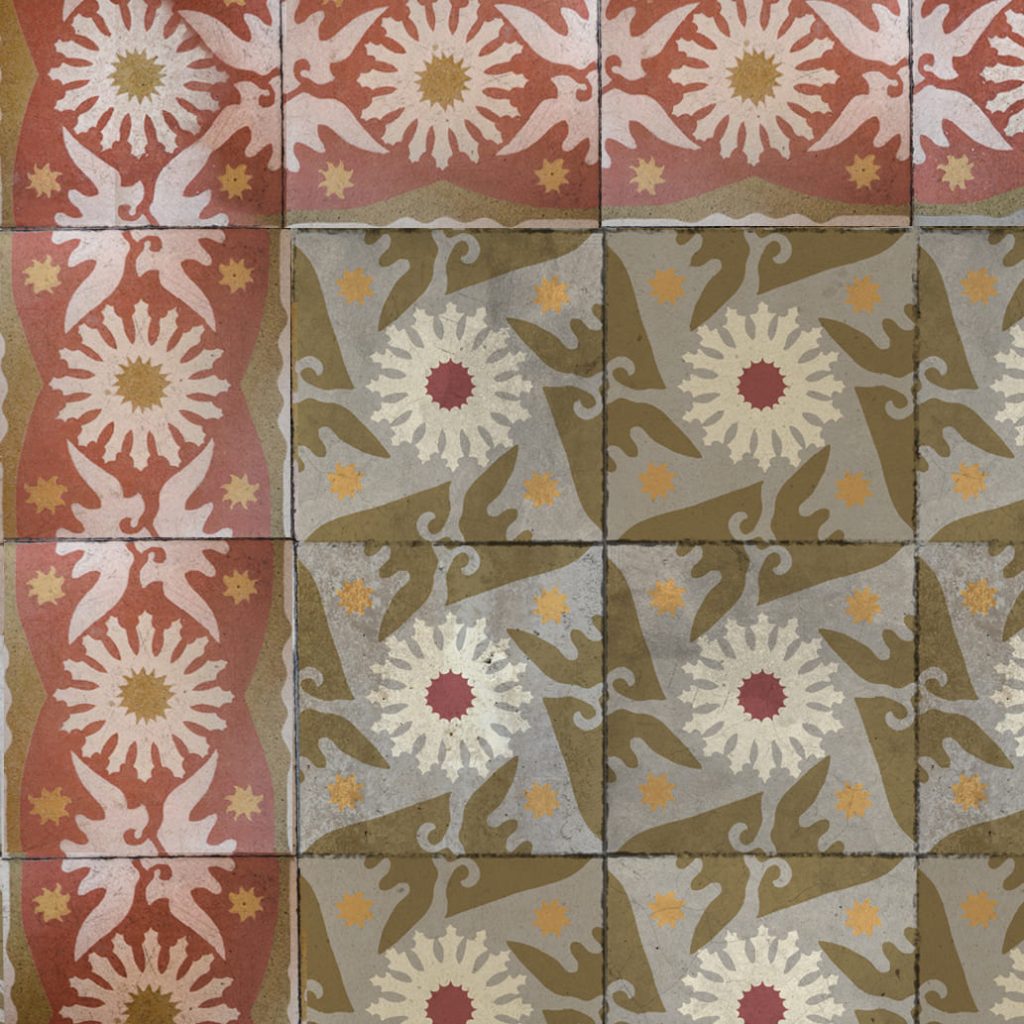Address
590 Cox Mill Rd,
28027 Concord, NC
Email adress
africa@rolledwall.com
Let your imagination run free, endless possibilities are here. Read carefully for not displacing the layers
The template we send you has several layers:
• Regular guides
• Thin mortar
• Wide mortar
• Cracks, broken, cracked
• Colored background
• Background (depending on the template you can change a name or include an extra layer)
All our models can be 100% personalized with your images and designs.
Lorem ipsum dolor sit amet, consectetur adipiscing elit. Ut elit tellus, luctus nec ullamcorper mattis, pulvinar dapibus leo.
We will send you a layer of color already placed in the template you have chosen, and you will only have to modify it in a very simple way.


This type of drawing is very easy to use, they are the same and their orientation does not matter. It is an easy-to-install design, both on monolithic and staggered tiles.
Although all tiles are the same, their orientation is important (you can’t flip the tiles because the borders would be upside down).
We recommend that you only use it on align models.


The drawing is formed by the composition of several tiles (maximum 4).


Imagine that you choose a tile pattern that is made up of odd tiles, with a composition of 4 tiles. The designs are cut in half and when you assemble the sheets, no matter how many turns you give them, you will not match them well, as you can see in the following images:
If the design is formed with different images, we recommend that you only use it on monolithic models. Two differents ways:
1. The most studied template design work to facilitate placement on the set (before starting to place the tiles on the template you will have to do a study to make the correct design and “cutting” of each of the plates).
2. The simplest template design, and the most complex set placement (design entire plates with the different types of tiles, to later cut and assemble the set in the appropriate way).



We have experience with this type of work and spectacular results are achieved. If the photography is well done, it is a highly recommended option.


What drawbacks can you find?



